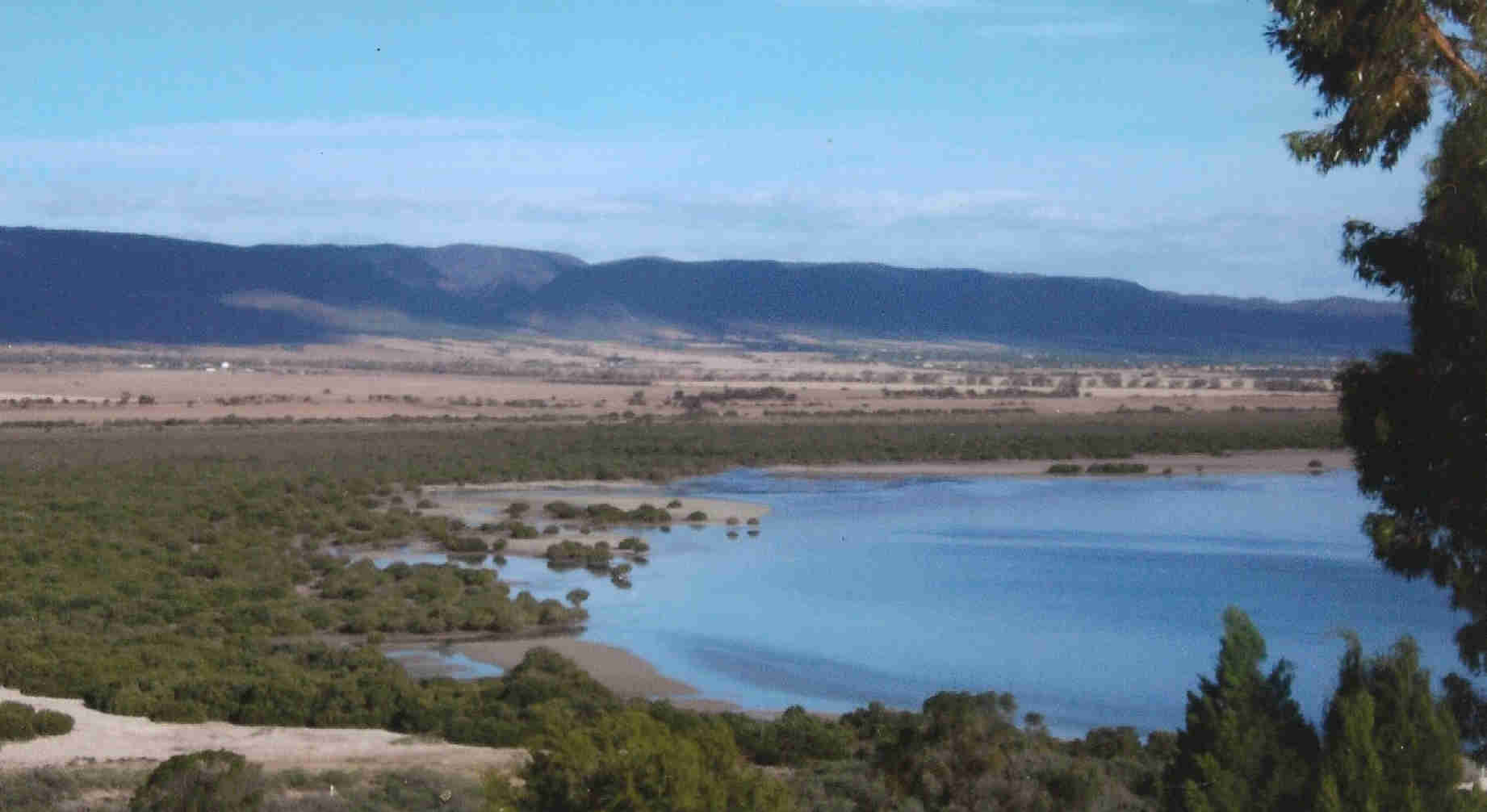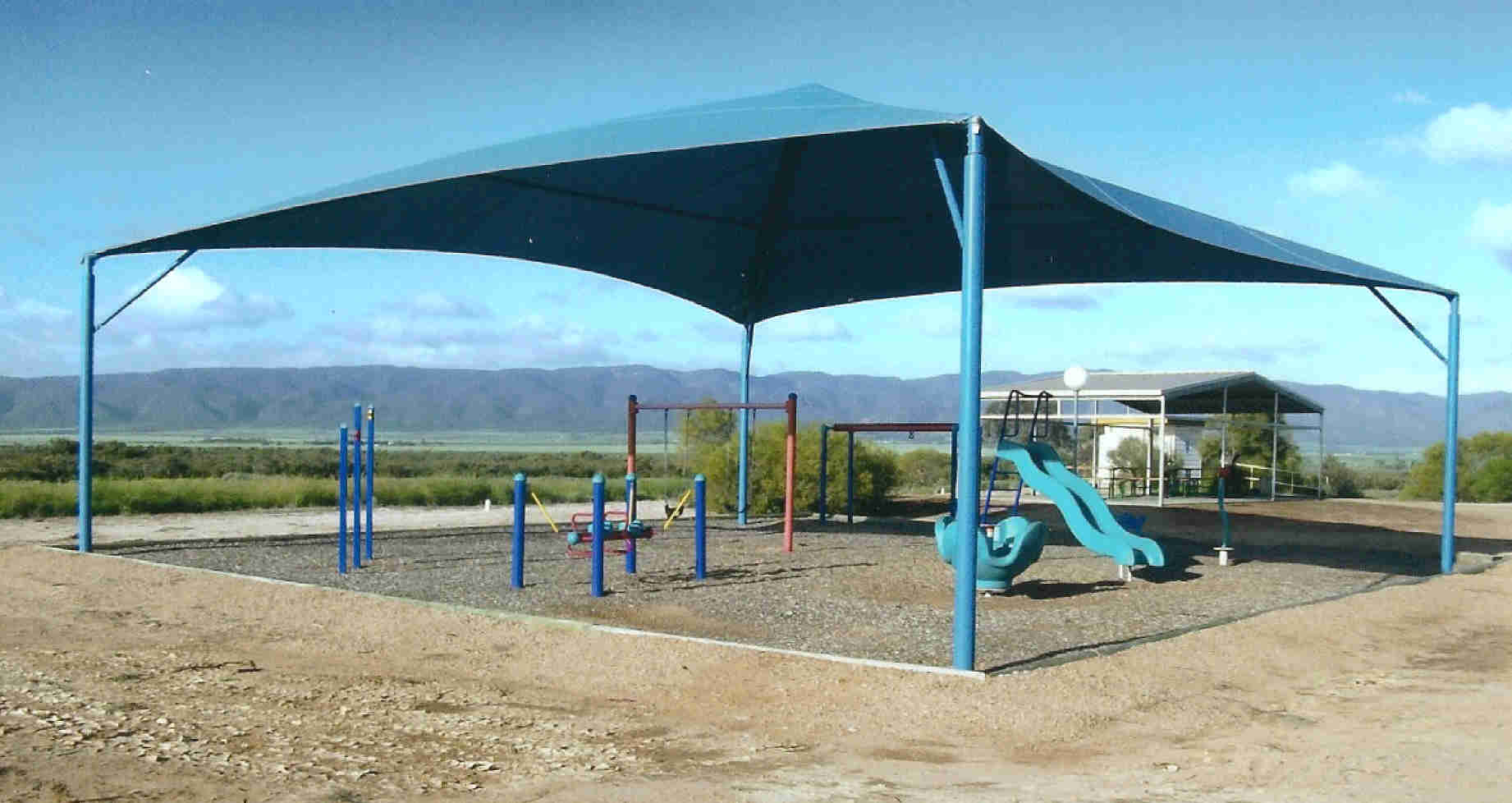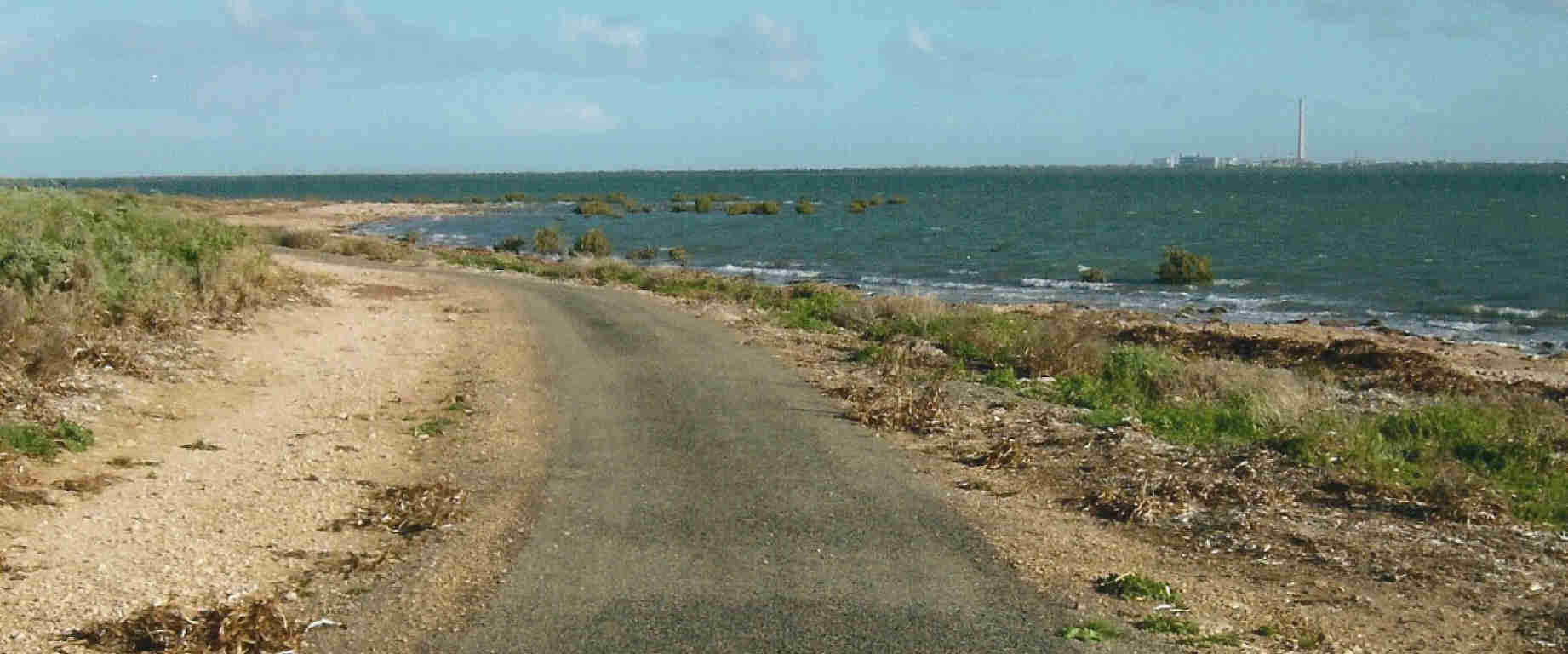


|
Port Flinders
|
Port Flinders, a port without a Port! Port Flinders is located on the Spencer Gulf between Port Pirie and Port Germein. Over the years it has had, and been referred to by several different names. In 1840 Captain Germein named it Benjamin Hill after his youngest brother. Other names used for the same location have been Prices Nob, Mount Ferguson and Weeroona Island. Mount Ferguson was a 45 metre high sandstone hill named after Peter Ferguson, an early pastoralist. Spencer Gulf was named by Matthew Flinders after Earl Spencer, First Lord of the Admiralty, on 9 March 1802. Port Flinders in turn was named after Matthew Flinders who was the first to see it from the sea. One of the first to see it from the land was Edward John Eyre in 1839. In August 1846 Captain Emanuel Underwood, master of the Governor Gawler, took a group of men to Younghusbands Woolsheds (Port Pirie) Among them was A.L. Elder, who became a founding member of the Mount Remarkable Mining Company. In 1848 this company bought Section 1, Benjamin Hill, Spencer Gulf, later known as Benjamins Hill or Prices Nob, from the Crown for 170. On 12 August 1849 the papers for Section 1 were finalized and everything was ready for the transport of copper from their mine in the Flinders Ranges. The only problem being that there was no copper! By late 1852 the Mt Remarkable Mining Company decided to sell their 20,000 acre Special Survey. To induce potential buyers plans were drawn up for 80 acre farm sections and a few private townships. The townships were named Melrose, Bangor and Port Flinders and gazetted and advertised as such in 1853. According to the land agent it would be A fortune to every buyer at 10 shillings an acre. It also claimed that mineral wealth abounded while the plan for the port showed a large area reserved forever for the settlers free wharf of this desirable and leading port of Spencer Gulf.' If everything had gone according to wishes Port Flinders would have been the first town and port on the Gulf. Another little problem the vendors forgot to state was the fact that there was no road between Melrose, Bangor and Port Flinders. When a road was finally cut through the Flinders Ranges in 1879, both farmers and miners preferred to ship their products through the Port Germein Gorge to Port Germein or Port Pirie. This was caused by a little disagreement between the Marine Board and the Government. In March 1873 Captain Robert Ferguson had visited Port Pirie and on his return in Adelaide stated that Port Flinders was a much better site. George W. Goyder also favoured the site for a rail terminus. However Captain Denman condemned any proposal to adopt Mount Ferguson as a port. If it was to become a port, a jetty of at least 3 km would have to be built as even at high tide it wouldnt be deep enough for larger ships to come close to the wharf. This would be very expensive as would be the buying of private property and the extra length of railway. Mount Ferguson was also considered too steep with no place to build a township. Although neither site was perfect, Port Pirie won the day and Port Flinders became a fishing and holiday destination. Even so, Port Flinders was not forgotten altogether. During the Russian Scare in 1877 it was suggested that Mount Ferguson would be an excellent site to host a few cannons to protect the area from invasion. A possible attack was taken so serious that they even built a large fort on the Adelaide Coastline. A branch of local volunteer rifles was formed but neither the cannons nor the Russians were ever seen. Instead local farmers built two landing stages near the mount, cutting down on a long trip to Port Pirie. In 1918 workers of the BHAS built a holiday camp at Whyalla which was transferred to Mount Ferguson in 1929 and called Weeroona, after the Aboriginal word for resting place. Buildings came from near and far. Carreys Garden in Sydney would provide a large building to be used as a dining room with a dormitory at each end, one for the boys and one for the girls. Every employee and his family would be entitled to a free two-week holiday stay and only be required to pay for living costs.
Playground Some ten years later the BHAS ended its links with Port Pirie and offered the buildings from its camp to the Council free of charge. Not everyone thought it a good idea and the Council had to overcome their opposition. They were successful and the buildings were moved to Mount Ferguson after a causeway was completed. It was supervised by A. Gearing. When completed, a room with four beds could be had for 15 shillings a week. If electricity was wanted an extra charge of 5 shillings was payable.
The Walkway The accommodation huts were made from Wirrabara pine off-cuts, with the gaps sealed on the inside with wooden battens making them draft proof. Between each hut was a breezeway which could be used as a carport. This time they had thought of everything, but unfortunately it once again did not live up to expectations. The resort was primarily planned for the workers but due to the drought, depression and later war, it was not used for those it was set up for. Unemployment being high, locals could not afford it, they did not have cars and there was no other way of getting there. In 1941 it was sold as it had become a financial burden on the Port Pirie ratepayers and the infrastructure removed. Meanwhile the harbour had gained an attraction when it became the final resting place for the York. This ship was bought in 1877 by the Adelaide Steamship and Tug Company for use in Port Adelaide. After a long service she was sold in 1925 to Captain Pilberg for carting mallee stumps from Whyalla to Port Pirie. Her draft was too deep for that purpose and she was finally beached at Port Flinders to be used as a wharf or loading platform to load barges with stone from the mountain quarry for Port Pirie. Her landlocked skeleton still remains were she was first laid to rest. Finally in 1992, after public consultation, all confusion was put at rest when the Department of Lands Geographical Names officially named the private township laid out on Mount Ferguson as Port Flinders. In an effort to boost tourism to Port Flinders the Mount Remarkable District Council in 2013 has waved its application fees for the lodgement and planning of Boat Launching Facilities.
With special thanks to Elaine Fowler
*** If you would like to find out more,
|




